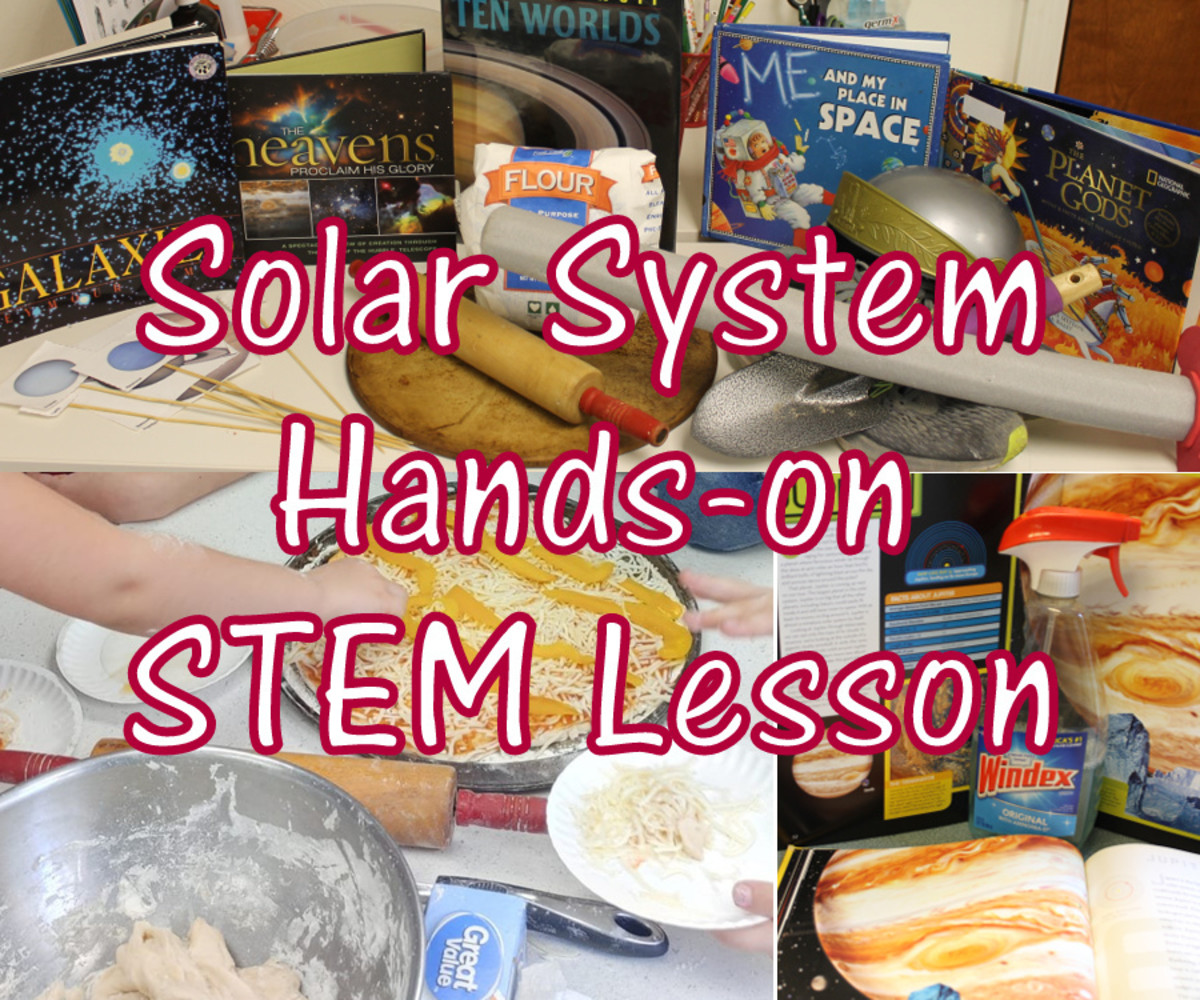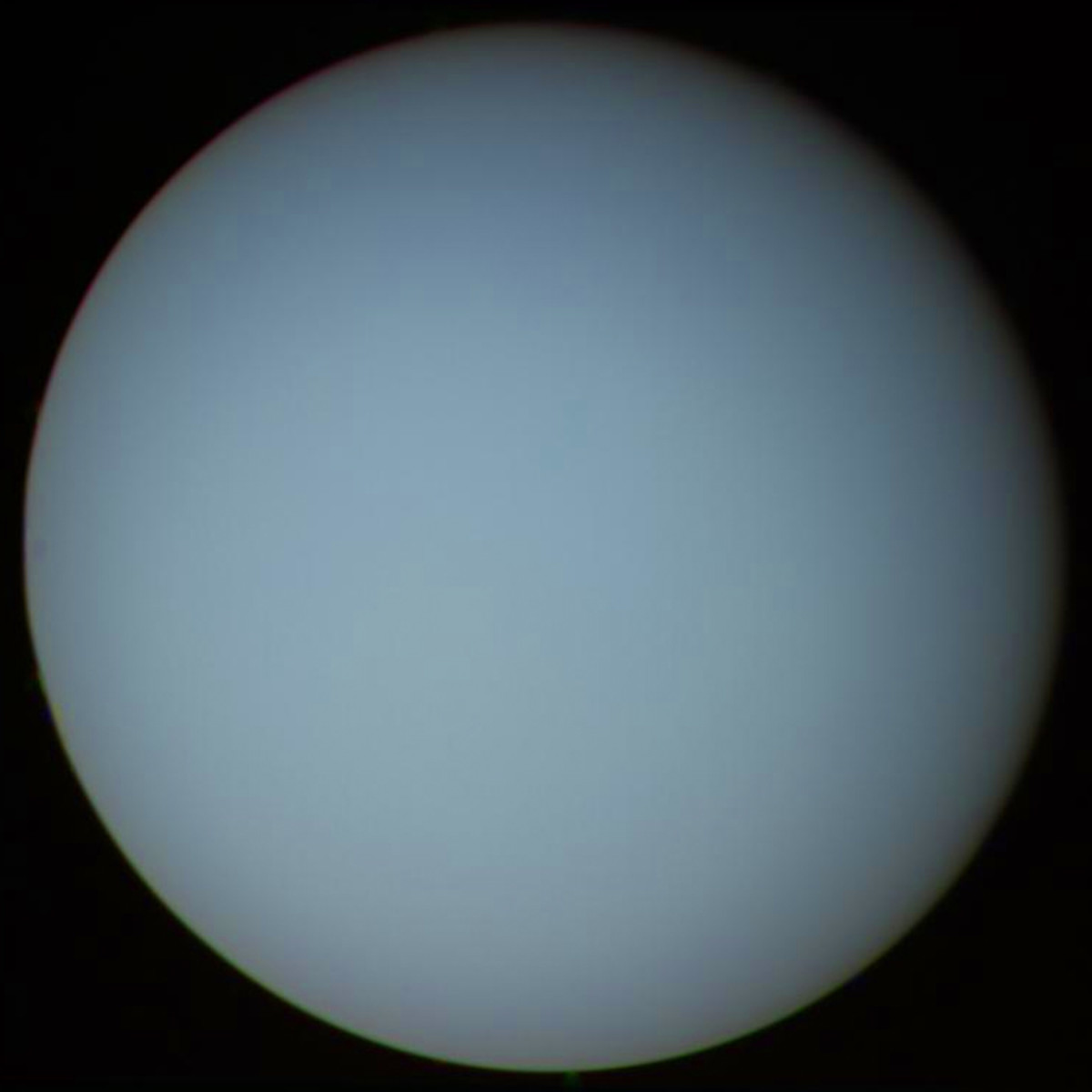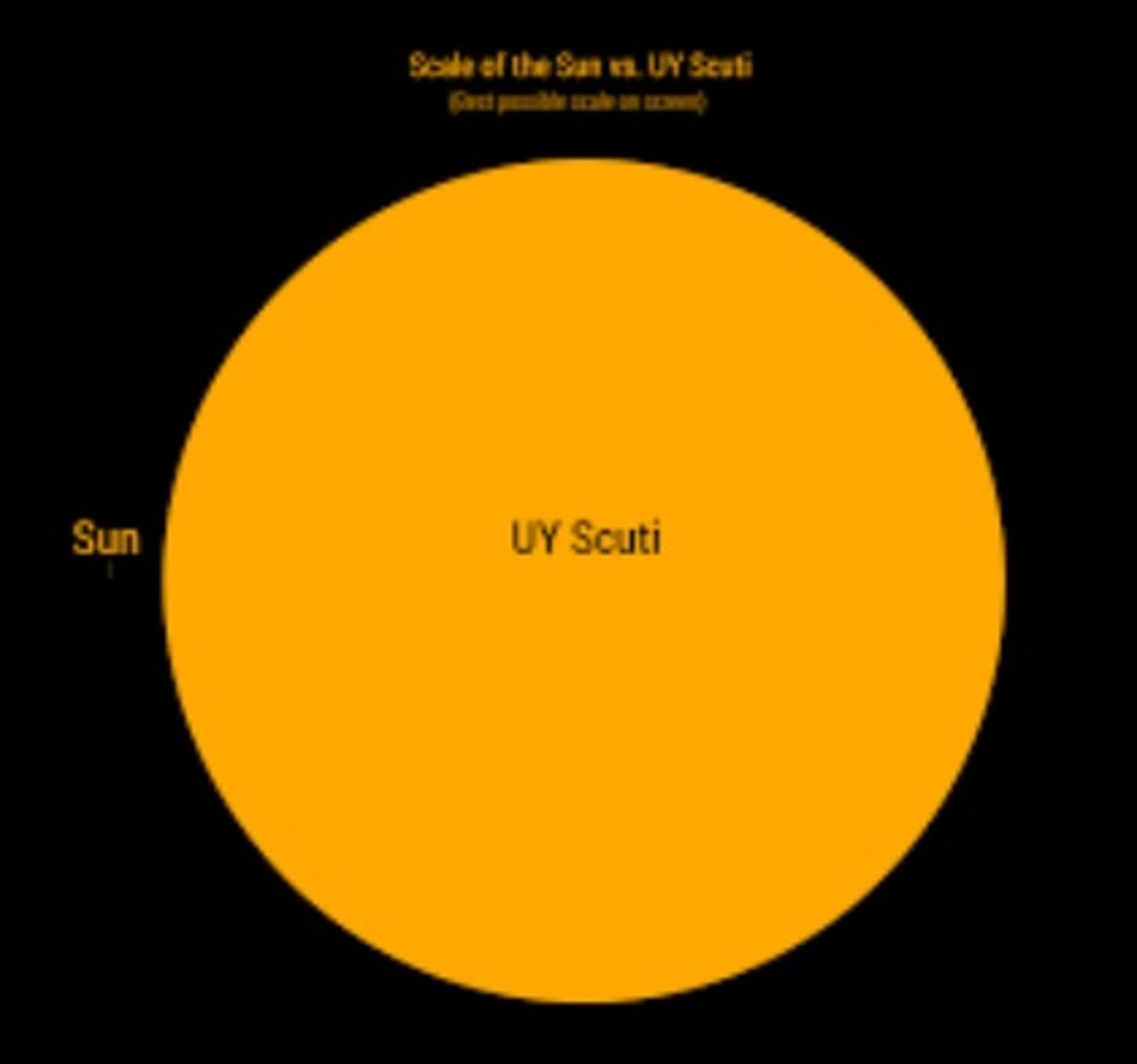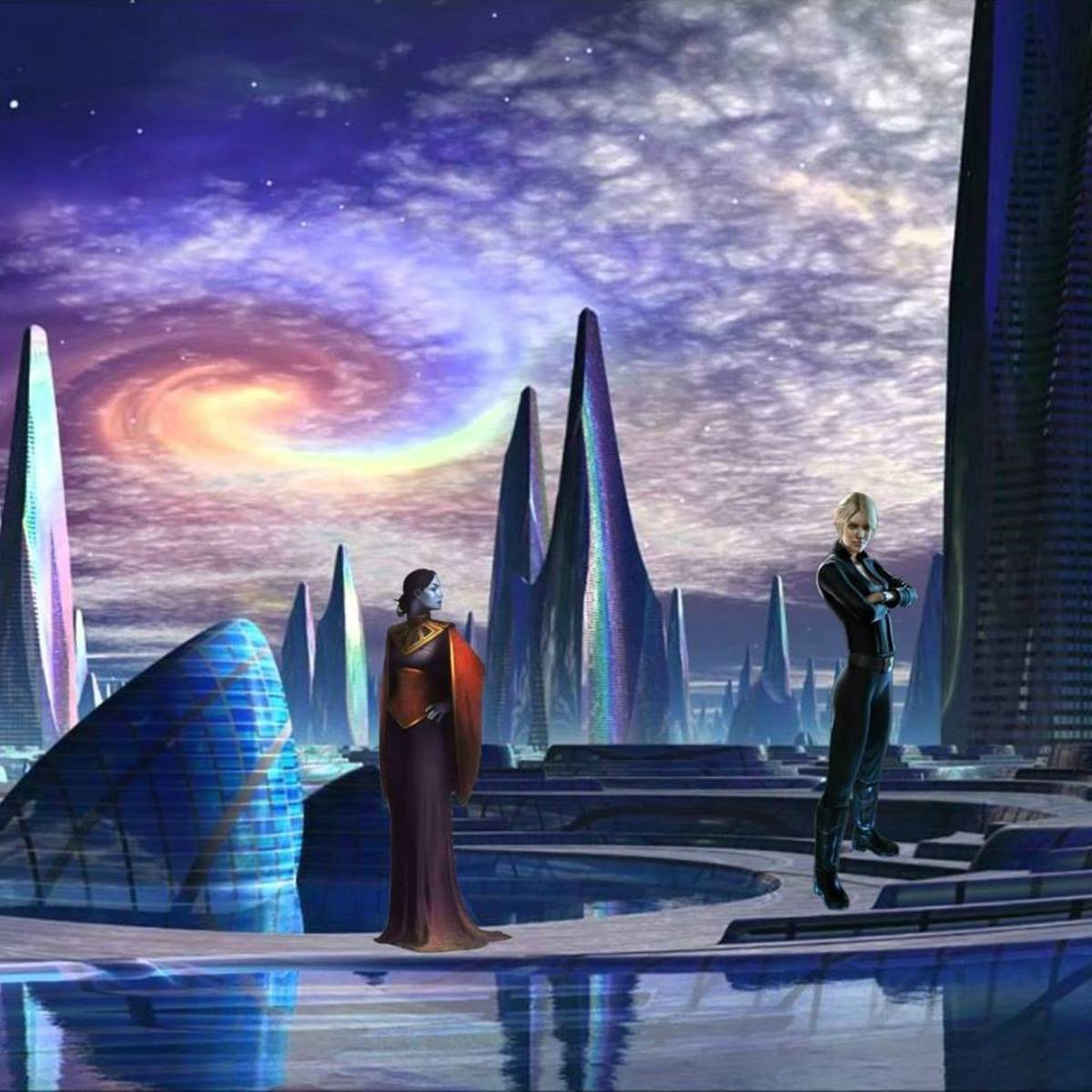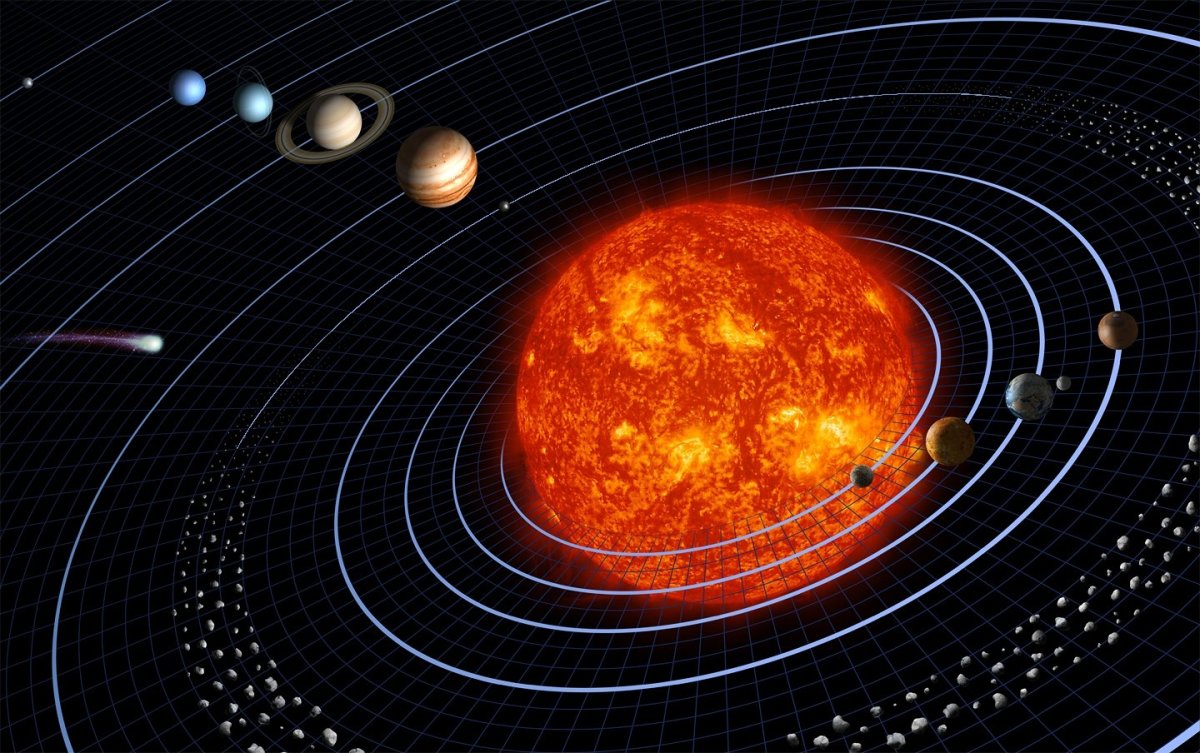The Sun and Inner Planets of the Solar System
The Solar System
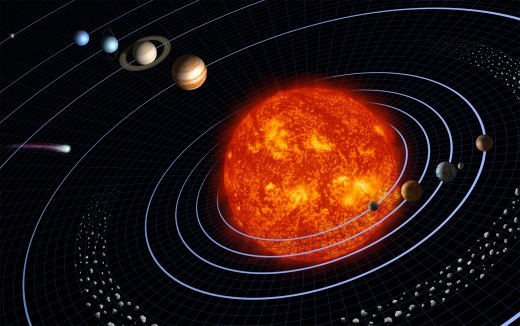
How was the Solar System Formed?
Looking at the various photo's collected after more than 50 years of space exploration, it is hard to think that our solar system is anything other than permanent. One of the key misconceptions I need to address with my younger pupils when entering High School is that the Universe is constantly changing. Our solar system has been around for a very long time; estimates vary but place the age at around 4.6 Billion (that's 4,600 Million years to us in the UK) years old.
The solar system was formed from a nebula - an enormous cloud of gas and dust formed after a supernova. It is thought that shockwaves from another supernova caused our nebula to collapse to form a globule. Over millions of years, the temperature and spin of the globule increased shaping the globule into a central core surrounded by a disc. The core became the sun whilst the surrounding accretion disc formed the planets and asteroids of the solar system
Facts About the Solar System
- There are 140 known moons in our solar system
- The Sun comprises 99% of the matter in the solar system
- Mars has the longest and deepest canyon network in the solar system
- The inner planets are made mainly of rock and metal
What is the Sun?
The centre of our solar system and our nearest star, the sun makes up 99% of all the matter in the solar system. The sun is the source of almost all our energy on Earth and is the only natural light source in the solar system.
Made of mainly Hydrogen and Helium, the sun is powered through Nuclear Fusion reactions. These nuclear reactions are responsible for the production of the heavier elements in the periodic table: when a star has finished smashing hydrogen atoms together to form helium (and release huge amounts of energy), it starts smashing heavier elements together for fuel. Even heavier elements are made in explosions called 'supernovae' that occur at the end of a massive star's life.
The Inner Planets
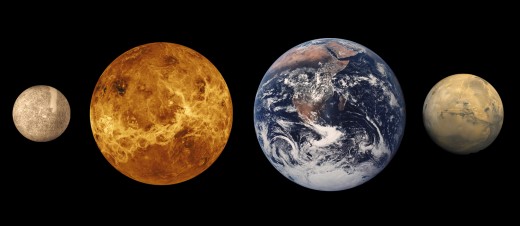
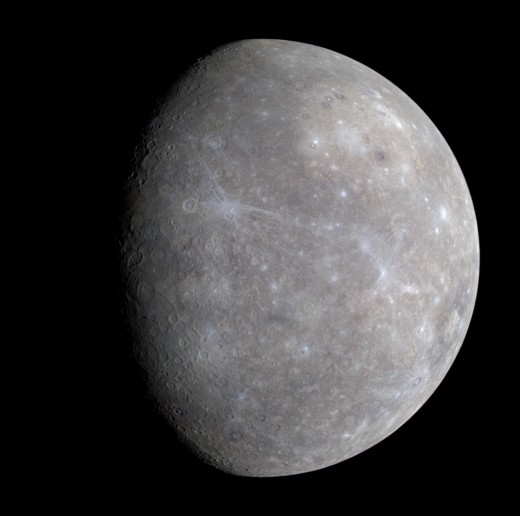
Mercury
Mercury is the innermost terrestrial planet and is the second most dense after Earth. Mercury has a very large core in relation to it's volume and is thought to be made roughly of 70% metal.
As you can see from the picture, Mercury looks similar to the moon (and is only slightly larger than our moon). Covered with impact craters, Mercury has been geologically inactive for millions of years. We know this because volcanoes, earthquakes and other geological processes quickly erase impact craters on Earth.
Mercury has no atmosphere and has a highly elliptical orbit which causes huge temperature variations on the surface. When closest to the Sun, day temperatures can soar to over 700K (~426°C); when furthest from the Sun, day temperatures are a 'mere' 550K (~288°C). Temperatures on the night side can reach as low as -185°C!
Fast Fact: There may be ice in some of Mercury's craters that are shaded from the sunlight!
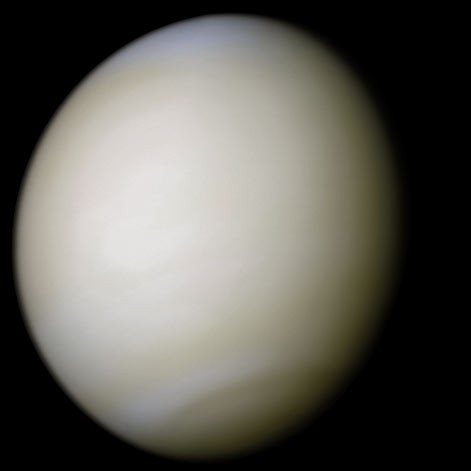
Venus
Venus is a mysterious planet; until recently we had no idea what the surface of Venus was like as we had no way to peer through the thick clouds that envelop the planet. Venus is an example of a planet that has undergone runaway global warming. The thick clouds trap huge amounts of heat, causing the planet to heat up like a greenhouse. These greenhouse gases are released by huge amounts of volcanic activity. Far from a blushing beauty, the surface of Venus is closer to the thing of nightmares; towering volcanoes are surrounded by lakes of sulphuric acid where temperatures are hot enough to melt lead.
Fast Fact: Venus spins in the opposite direction to most planets
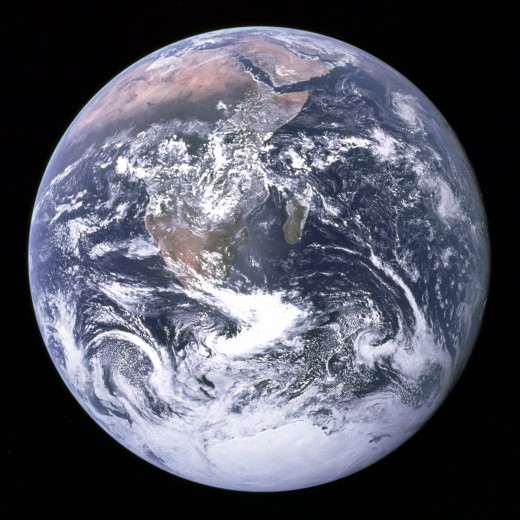
Earth
Our home planet, it is easy to forget that Earth is merely one of several giant balls of matter hurtling around a central star. Earth is an ocean planet and is unique in the solar system in supporting life. Earth is also the only known planet in existence that supports advanced life that can look out into the Universe searching for other signs of life.
It is the mix of a magnetic field, active plate tectonics, weather, atmosphere and seasons that encourages the evolution of life. Earth is known to exist in the 'Goldilocks Zone' - a region around a star that is not too hot, nor too cold, for liquid water to exist.
Our Moon also has a pivotal role to play in the maintenance of life. The gravitational effect of the Moon stabilises our own planet's axial wobble (how much the Earth leans on its axis) which results in a relatively stable climate over long periods of time. The Moon was probably formed after a Mars-sized planet impacts with a still-molten Earth. The Moon orbits once on its axis in the same time it orbits the Earth once - this is why we only see one side of the Moon.
Fast Fact: The Earth is the only planet in the solar system not named after a Greek/Roman God or Goddess.
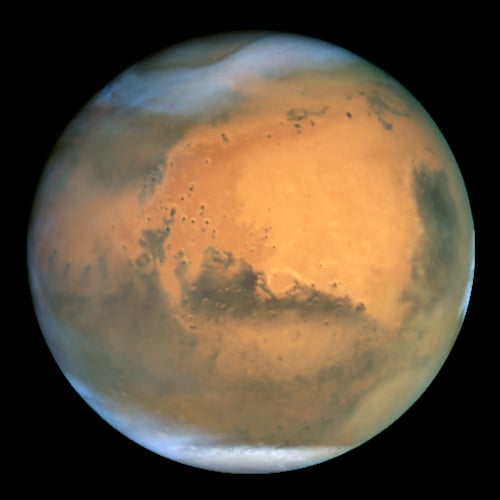
Mars
Named after the God of War due to its blood-red colour - Many have looked to Mars and concocted elaborate stories of Martians plotting the invasion of Earth. People peered at Mars and thought they glimpsed roads, vegetation patches and the whisps of industry. The reality is much less sinister - Mars is a cold, lifeless, desert of a planet.
Mars has been the subject of numerous probes and NASA space missions past, present and future. The 'roads' glimpsed from Earth turned out to be dried up river beds; the dark patches were not vegetation, but dried up lake beds. The reddish colour is due to large amounts of Iron Oxide (rust) in the crust of the planet. Similarly to Earth, Mars has seasons, polar ice caps, volcanoes and weather; there is even evidence of wide-scale flooding on the planet, although these were ancient. Mars even has some oxygen in its atmosphere!
Mars has two moons, Deimos and Phobos, which are shaped like potatoes. These bodies are too small to become spherical under the force of their own gravity.
Fast Fact: Mars is home to the largest mountain in the solar system - Olympus Mons - which stands at 22km (14miles) tall - over 3 times that of Everest!
Inner Solar System - Facts and Figures
Fact
| Sun
| Mercury
| Venus
| Earth
| Mars
|
|---|---|---|---|---|---|
Mass (Number of Earths)
| 333,000
| 0.05
| 0.81
| 1
| 0.11
|
Diameter (km)
| 1,392,000
| 4,880
| 12,112
| 12,742
| 6,790
|
Distance from Sun (Million km)
| n/a
| 58
| 107.5
| 149.6
| 228
|
Time taken travel around Sun
| n/a
| 88 days
| 224 days
| 365.25 days
| 687 days
|
Time taken to spin on axis
| n/a
| 59 hrs
| 243 hrs
| 24hrs
| 24hr 37min
|
Average Surface Temperature (°C)
| 6000
| 350
| 460
| 20
| -23
|
Moons
| n/a
| None
| None
| One
| Two
|
Comparison of the characteristics of the inner solar system celestial objects
Site of the Square Kilometre Array
The name comes from the total surface areas of all 3,000 radio telescope dishes combined - nearly a square kilometre. Karoo was selected as
Murchison has a population of 0.0022 people per square kilometre! Perfect for a telescope that needs near-radio silence
Should we be spending tens of millions of dollars on the Square Kilometre Array?
What is the Square Kilometre Array?
The Square Kilometre Array is an Earth-based radio telescope that aims to peer further into the Universe (and therefore further back in time) than any telescope thus constructed. It gets its name from the total surface area of all the parabolic dishes in the completed array. This array will search for Pulsars, look to glimpse the birth of the first stars and galaxies, and test Einstein's General Theory of Relativity. This massive project is set to enable science that is impossible with today's telescopes, and could revolutionise our understanding of the Universe and our own Evolution. But with an estimated cost of €1,500 Million, there is controversy over whether we can afford to build such an extravagant telescope.

